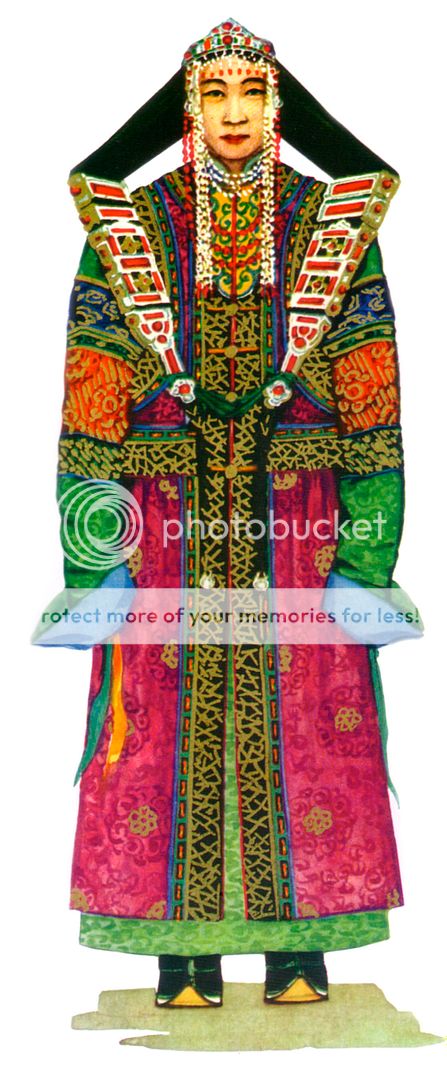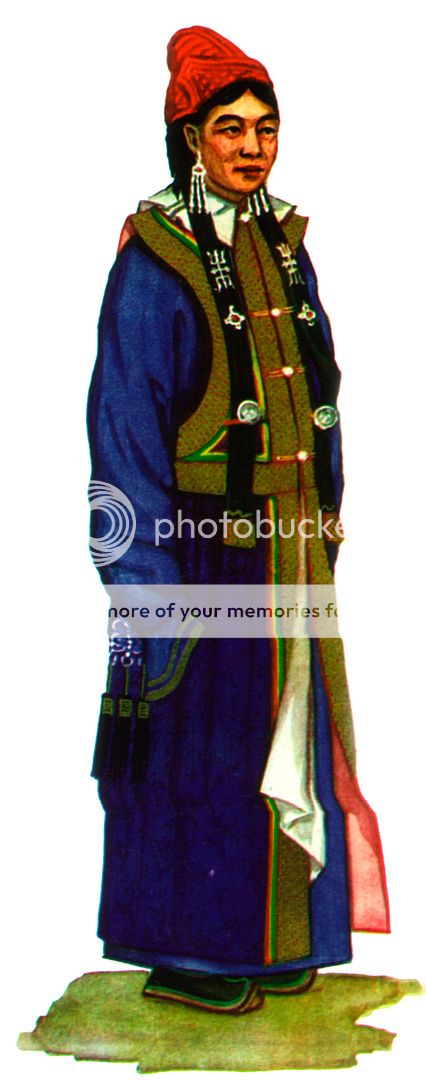Today I've created a new blog for english. Here I will write everything about Mongolian culture, clothing and mongolian fashion, street styles and my own style...
I love fashion, painting, traveling, blogging, photography...
I graduated from the fashion design school in my country. I grew up in a family of artists which has a tremendous influence on my choice of this profession. Therefore, fashion has become an inseparable part of my life.
I'm working on creating a unique Mongolian style, on the combination of the traditional style and modern fashion. Mongolian national clothing has a very long history and I dream to show its specifics to the world. I think the relative underdevelopment of the Mongolian fashion industry is related to our small population and lack of strong industrial development. But I am happy to say that Mongolian fashion industry has been rapidly developing in the last few years.
About mongolian costumes
 Culture of mongolian national costumes is one of preciuos share of mongolians to the world civilization. This culture was created during thousand of years in high mountains of central Asia together with genesis of mongolians and research works proof that common appearance of the mongolian national costumes was formatted in the second century with strength of Huns empire.
Culture of mongolian national costumes is one of preciuos share of mongolians to the world civilization. This culture was created during thousand of years in high mountains of central Asia together with genesis of mongolians and research works proof that common appearance of the mongolian national costumes was formatted in the second century with strength of Huns empire.The traditional dress of the Mongols has a rich history spanning many centuries. It is closely connected with the Mongolian way of life and the country. The costumes are used in different situations; somebody rides on horseback over the steppe, he sits at home in his ger (yurt - round felt tent), or he dances at a national festival. The conditions of climate excert influence on the kind of dress, the costumes for the seasons of the year. In summer the Mongols wear a light coat or frock, the "Terleg" (deel - summer coat), in spring, autumn and winter a wadded coat (row cotton), the "Khovontei Deel", or a lambskin coat, the "Khurgan Dotortoi Deel", in winter they wear a sheepskin dress reminding of a fur coat, the "Tsagaan Nekhii Deel".
The Mongolian national costume is a robelike garment called a deel, that, like the Tibetan robe, has no pockets. The deel is worn with a thin silk sash several yards long tightly wound around the waist. Attached to the sash are essential objects such as the eating set, tinder pouch, snuff bottle, and tobacco and pipe pouches. Mongols, like the nomadic Tibetans and Manchurians, use an ingeniously designed eating set incorporating a sharp knife and a pair of chopsticks, and sometimes also includes a toothpick, ear scratcher, and a tweezer. They are made of precious metals and embellished with semi-precious stones.
The dress reflects the age of the wearer. The costumes of elderly people are, as a rule, modest and plain. The female dress shows differences between the attire of the girls and that of married women. The latter is decorated and adorned more splendidly with ornaments and jewellery. The design of the garments, the combination of colours as well as the decorative ornaments speak of an old tradition. The national costumes were mostly brown and dark blue. The Mongols wear the coat with the oblique border, the "Tashuu Engertei Deel", and the coat with the rectangular border, the "Durvuljin Engertei Deel". The materials from which the dresses were sewn were either produced by the people themselves, such as "leather, wool, and fur", or dresses have been made from silk, cotton, wool, and brocades and were richly decorated with jewellery and ornaments of gold, silver, corals, pearls, and precious stones. Every nationality has its own headdress (i.g. the "Toortsog", "Yuden", and "Zharantai"), hence there are many different kinds of caps and boots. The master (male or female) was able to glue, quilt, and stuff with wadding; he knew the symbolism of the ornaments used on the dresses, the symbolism of the colours and their combination.
Talented painter U. Yadamsuren is one of founders of modern Mongolian fine arts and teachers of dozens artists. He contributed to the Mongolian paintings of the twentieth century his in transitory works. To save Mongolian art objects he tireless for and collected them. He painted more than 600 works about ethnograpchic objects as well portraits of Chingis Khaan, an old fiddler, D. Sukhbaatar, S. Magsarjav, Injinash, scientist B. Rinchen, scientist Pagvaa and other persons as well paintings in Mongolian traditional art. His works are immortal among the Mongolian paintings.
Mongolian national costumes absorbed from spirit and very specific culture of ancient population of blue Mongolia and differ much from other nations. National prize winner painter, my grandfather Urjingiin Yadamsuren was one of significant persons who contributed to preservation of culture of Mongolian national costumes for present and future generations and for presentation to domestic and foreign community.












Best wishes for you:)
ReplyDelete
ReplyDeleteYour blog is very interesting and pretty much enjoyed.
It will be a pleasure you follow my ...
Promote our blog for the world ... we appreciate you now.
Brazilian art and culture
THE ART OF NEWTON AVELINO
http://www.aartedenewtonavelino.com
I am curious about the fasten point on deels before the 1300s. Did they fasten on the right shoulder like the images b or under the arm only?
ReplyDeleteI am curious about the fasten point on deels before the 1300s. Did they fasten on the right shoulder like the images b or under the arm only?
ReplyDelete